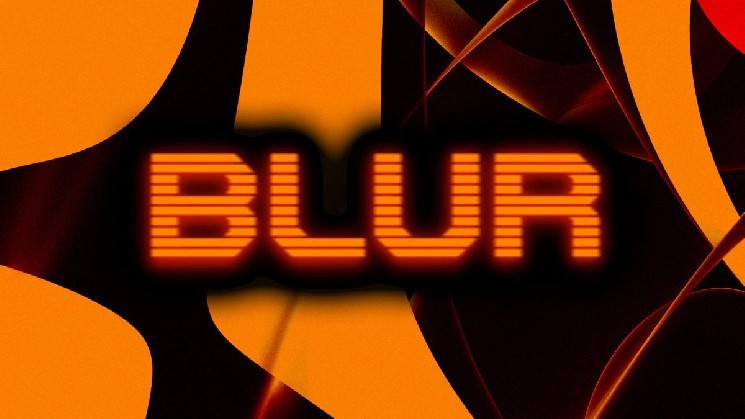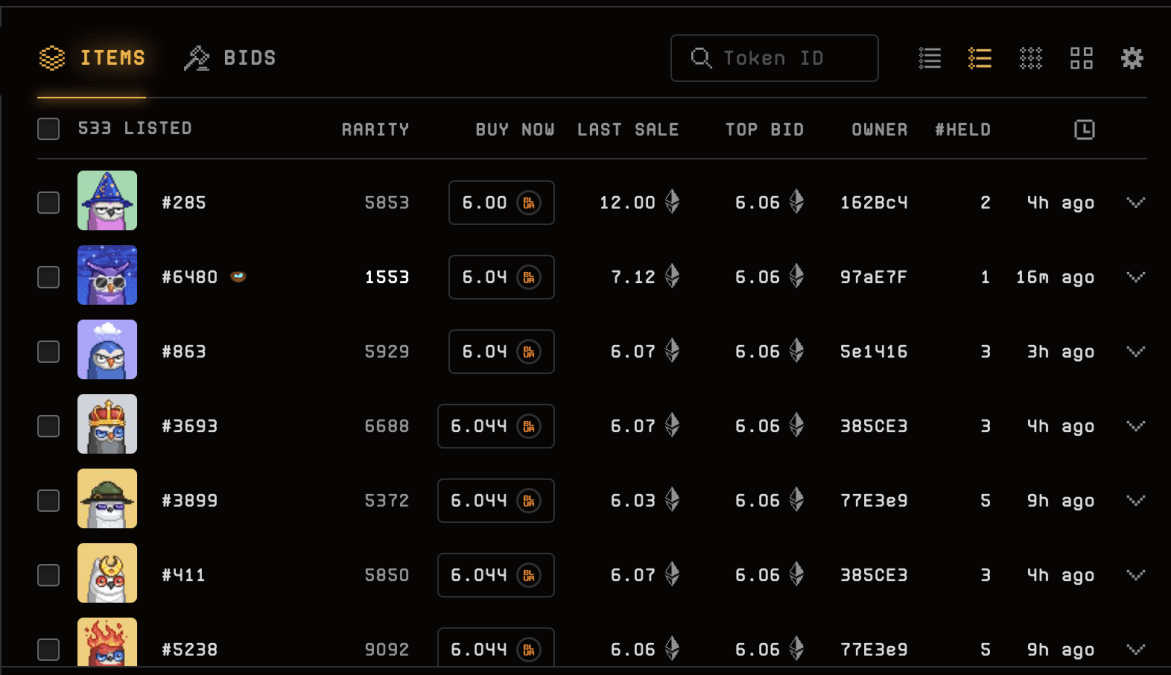Blur bid incentives skew market, lead to offers on NFTs above ‘buy now’ prices

Blur’s bidding-incentive model appears to be leading to an environment where buyers on the NFT marketplace are offering more than the asking price for items in collections.
The rise of Blur — which has eclipsed other marketplaces’ trading volume since its launch in October of last year — came on the back of its capitalizing on the activity of pro traders, which is the fastest-growing segment of the NFT market. It rolled out an incentive model where traders are rewarded in tokens for providing market liquidity. In each collection, the bids that take the highest “risk” earn most reward points.
As of the time of writing, if you wanted to buy a Doodles NFT, the top bid for more than ten items in that collection sits at 5.07 ETH (about $7,900), whereas the ‘buy now’ price is 5.03 ETH. It’s the same story for other collections, including Bored Ape Yacht Club, Azuki and Moonbird NFTs.

Moonbird offers on Blur outstrip the asking price.
When a bid is made on a listed item, the seller has to accept it before the transaction goes through — whereas a buyer would trigger the transaction for the ‘buy now’ items.
The Block contacted Blur for comment but had not heard back before publication time.
Blur’s fee structure vs. the rewards
Of course, the fees tacked onto a transaction set against the rewards for listing and bidding may mean the reverse arbitrage of the current market might not be as bad as it looks. For example, you might pay $20 in transaction fees on Ethereum and a $70 royalty fee back to the artist when a sale goes through.
5.070 x 99.5% = 5.045
and there is gas
and some floor ones might be listed by the people who made those bids— ORSONHey (@ORSONHey) March 8, 2023
«Most traders currently bidding on NFTs on Blur probably just assume that the rewards they’ll receive will outweigh the costs incurred,» said Thomas Bialek, research analyst at The Block Research.






 Bitcoin
Bitcoin  Ethereum
Ethereum  Tether
Tether  USDC
USDC  TRON
TRON  Dogecoin
Dogecoin  Cardano
Cardano  Bitcoin Cash
Bitcoin Cash  Chainlink
Chainlink  LEO Token
LEO Token  Monero
Monero  Zcash
Zcash  Stellar
Stellar  Litecoin
Litecoin  Hedera
Hedera  Dai
Dai  Cronos
Cronos  OKB
OKB  Tether Gold
Tether Gold  Ethereum Classic
Ethereum Classic  KuCoin
KuCoin  Gate
Gate  Algorand
Algorand  Cosmos Hub
Cosmos Hub  VeChain
VeChain  Stacks
Stacks  Tezos
Tezos  Dash
Dash  TrueUSD
TrueUSD  IOTA
IOTA  Basic Attention
Basic Attention  Theta Network
Theta Network  Decred
Decred  NEO
NEO  Synthetix
Synthetix  Qtum
Qtum  0x Protocol
0x Protocol  Ravencoin
Ravencoin  DigiByte
DigiByte  Zilliqa
Zilliqa  Nano
Nano  Holo
Holo  Siacoin
Siacoin  Numeraire
Numeraire  Waves
Waves  Status
Status  Enjin Coin
Enjin Coin  Ontology
Ontology  BUSD
BUSD  Hive
Hive  Pax Dollar
Pax Dollar  Lisk
Lisk  Steem
Steem  Huobi
Huobi  NEM
NEM  OMG Network
OMG Network  Bitcoin Gold
Bitcoin Gold  Augur
Augur